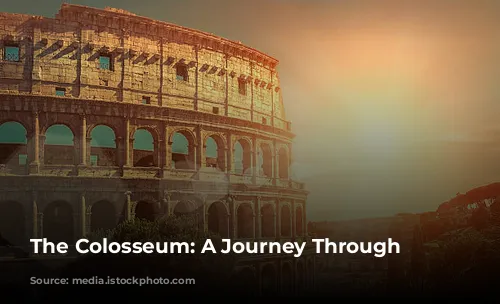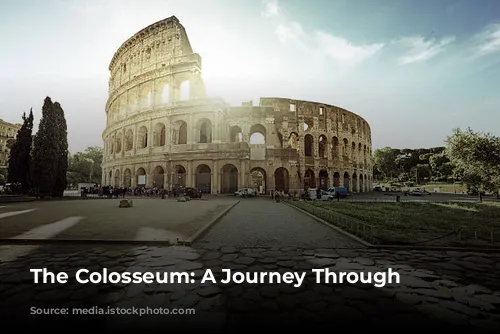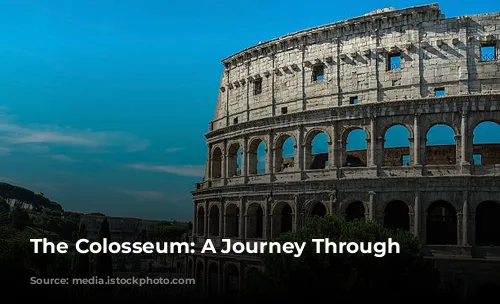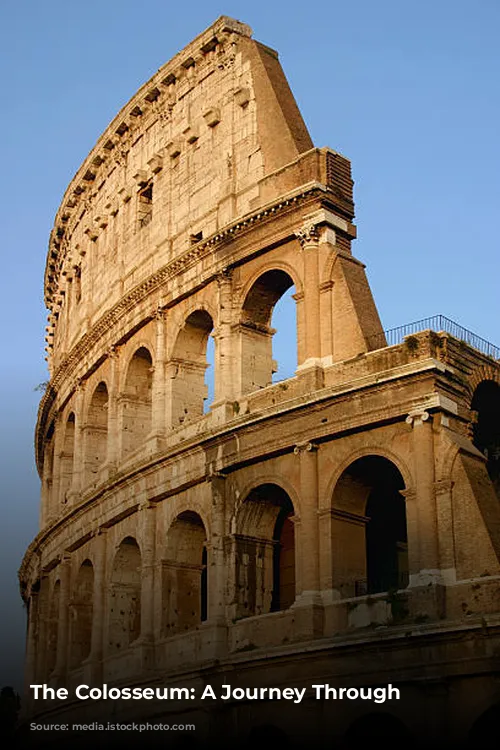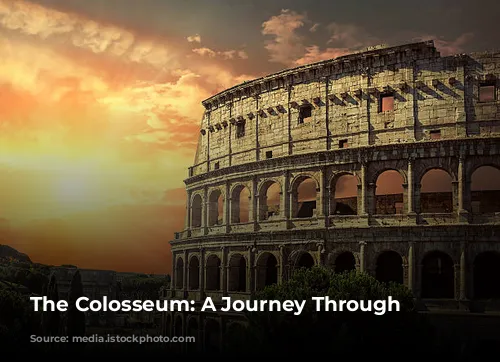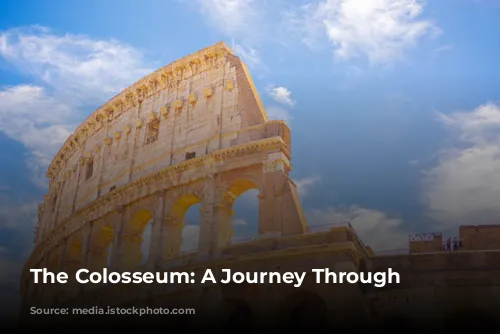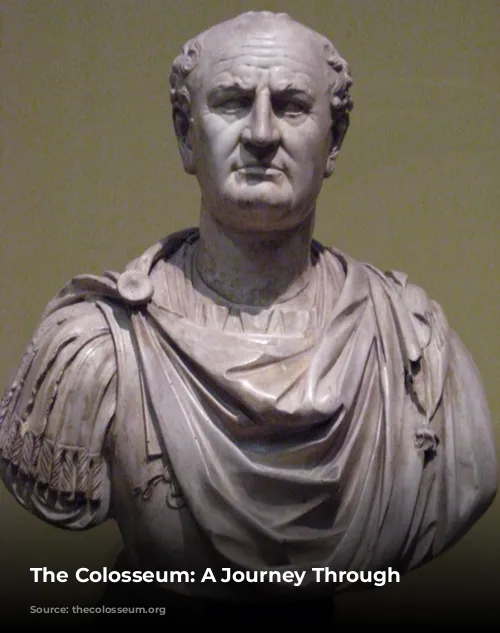The Colosseum, a monumental structure standing in the heart of Rome, is a testament to the grandeur of the Roman Empire. For nearly two millennia, this iconic amphitheater has witnessed a tapestry of events that both fascinate and terrify. From bloodthirsty gladiatorial battles to spectacular hunts featuring exotic animals, the Colosseum was a stage for breathtaking displays of power and entertainment that captivated the Roman populace.
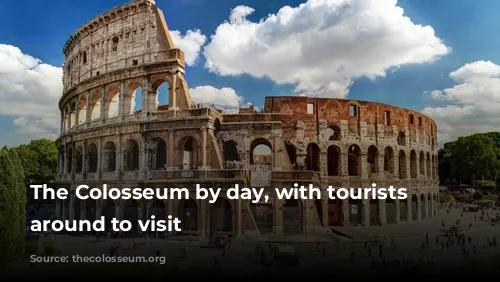
Construction and History
The Colosseum’s construction commenced in 72 AD during the reign of Emperor Vespasian, and its completion in 80 AD marked a significant milestone in Roman history. Emperor Vespasian’s vision for the Colosseum was to create a monumental amphitheater where Roman citizens could come together for entertainment. His reign saw the deconstruction of Nero’s opulent Domus Aurea, a palace that had been built on the site of the Colosseum. The removal of Nero’s palace was seen as a symbolic act against the excesses of Nero’s reign, and it solidified Vespasian’s commitment to the Roman people.
The Colosseum’s construction was a massive undertaking, employing tens of thousands of Jewish slaves. These slaves were transported to Rome following the Jewish-Roman War, their presence attesting to the Roman Empire’s dominance and control. The slaves, working under the direction of Roman engineers and craftsmen, utilized travertine stone mined from nearby quarries to build the Colosseum’s imposing structure.
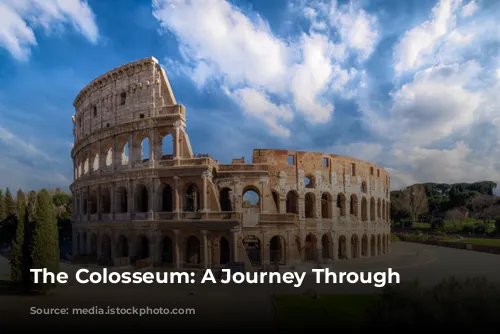
Dimensions and Design
The Colosseum, shaped as a grand oval, boasts impressive dimensions. Its length of 189 meters and width of 156 meters create an arena that spans a massive 6 acres. Its height of 48.5 meters makes it a towering presence on the Roman skyline. The Colosseum’s outer walls are adorned with three levels of Doric, Ionic, and Corinthian columns, each level featuring 80 arches. These arches, originally numbered with Roman numerals, served as guides for spectators seeking their seats.
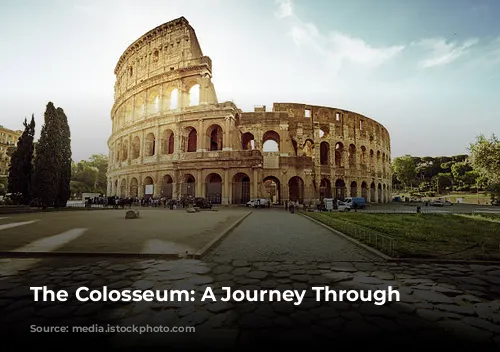
The Colosseum’s Hypogeum: A Hidden World
Beneath the Colosseum’s majestic facade lies a network of underground tunnels and chambers known as the hypogeum. This hidden world was a hub of activity and anticipation, where gladiators, animals, and prisoners were kept before entering the arena. 80 vertical shafts, connecting the hypogeum to the arena, allowed for the dramatic entry of performers and beasts, while trap doors enabled the deployment of stage elements that enhanced the spectacles.
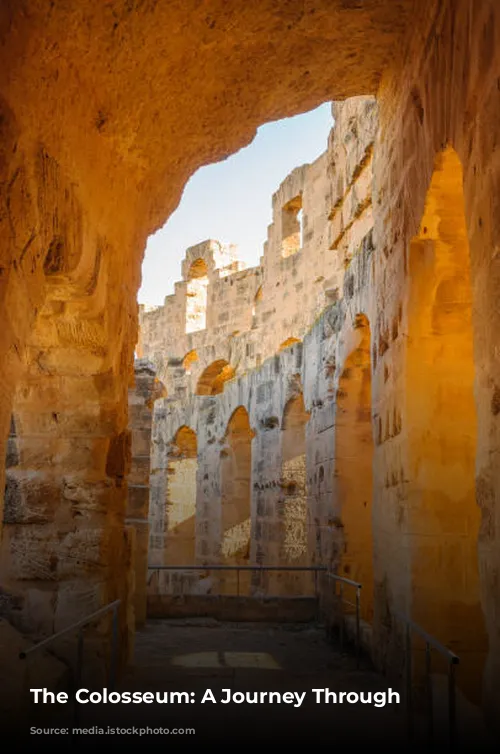
The Colosseum’s Legacy: A Tapestry of Blood and Entertainment
The Colosseum’s history is a blended tapestry of blood and entertainment. The most famous events held within its walls were gladiator battles, brutal contests between skilled warriors that captivated and horrified the Roman masses. However, the Colosseum’s allure extended beyond gladiatorial combat. Hunts, featuring exotic animals, offered thrilling displays of human dominance over nature. The Colosseum also witnessed executions, both by wild beasts and by the hands of trained executioners. The damnatio ad bestias, a form of execution where prisoners were thrown to wild animals, was a particularly gruesome spectacle.
While the Colosseum’s history is steeped in violence, it is important to remember that it was also a place of entertainment and spectacle. The Romans valued grand displays of human skill and strength, and the Colosseum provided them with a magnificent stage for such displays.
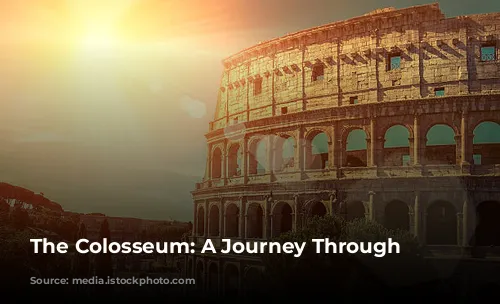
The Colosseum Today: A Timeless Icon
Despite the Colosseum’s long history and its role in Roman society, it remains a timeless icon, attracting millions of visitors each year. The Colosseum stands as a testament to the Roman Empire’s power and ingenuity, and its ruins continue to inspire awe and wonder in visitors from around the world. The Colosseum is a reminder of a bygone era, a time when gladiatorial combat was a source of popular entertainment and when the Roman Empire was at its height of power. The Colosseum, a symbol of Rome’s ancient glory, continues to captivate and inspire, a reminder of the lasting impact of the Roman Empire on the world.

